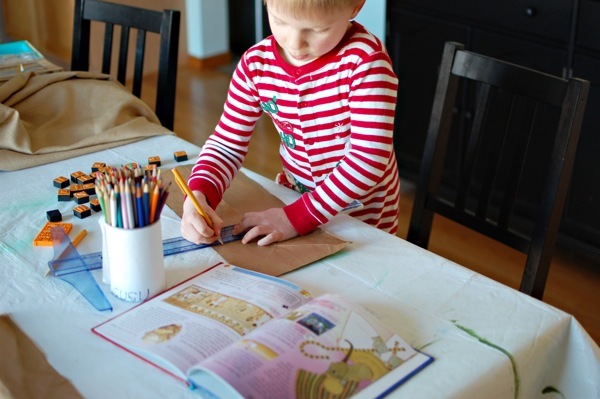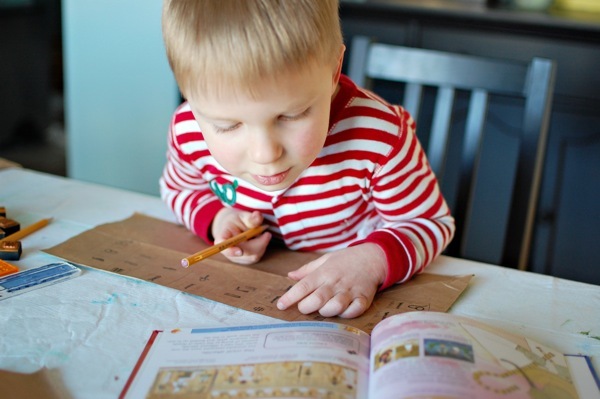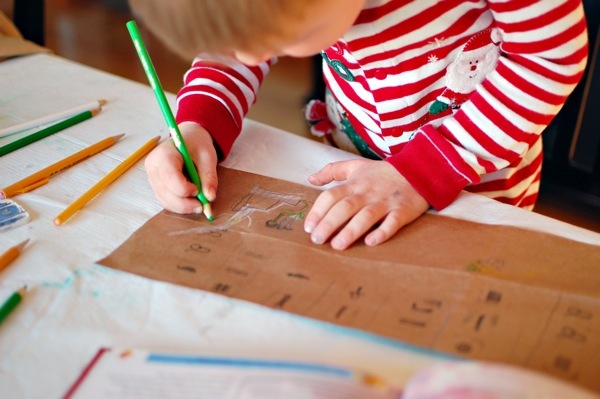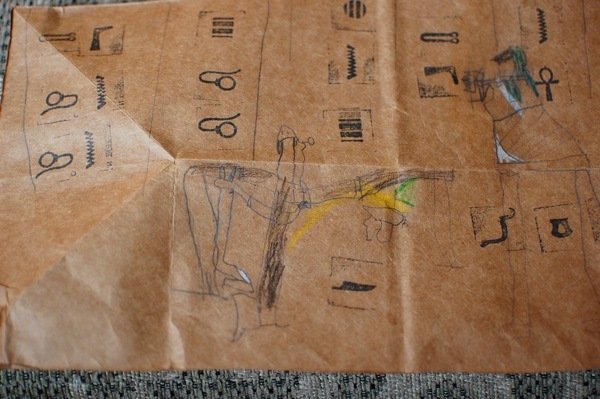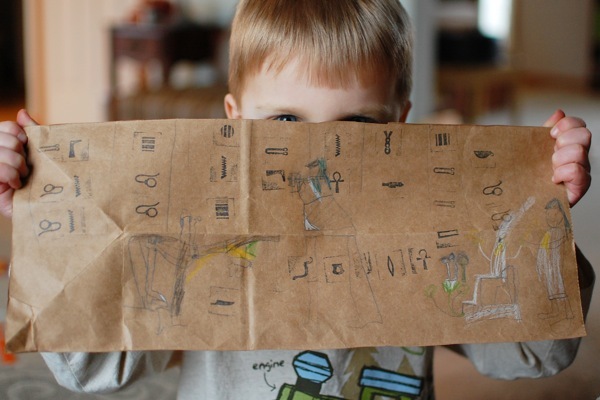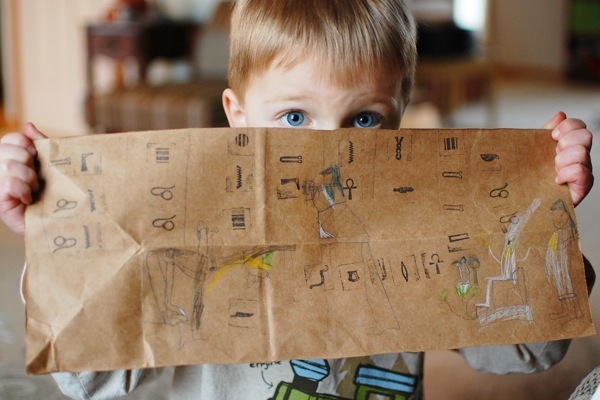Comparing myths (and SOTW ch. 14, The Israelites)
Last week we were having so much fun with Egypt that we spent an extra week there. Part of that time was spent getting a better feel for the pharaohs who ruled throughout the dynastic period, and linking the dates and eras to things going on in other parts of the world at the time, like the Hyksos, the Nubians, the tribes of people to the northeast, and the mysterious Sea Peoples.
We also spent some time looking at chapter 14 of The Story of the World, which, titled The Israelites, deals with the purported slavery of those people in, and their exodus led by Moses out of the Kingdom of Egypt. We read a few versions of this story and found it hauntingly familiar. The story of Moses as a baby, after all, is the exact same story told in Uruk, 1,000 years earlier, about Sargon. This started us on a journey of myth comparison. The parallels between the stories of Abraham (once Abram) and Akhenaten (once Amenhotep IV) are also eerily similar. And of course we compared the creation myths of a variety of cultures as well.
We did not really read the chapter in SOTW on the exodus from Egypt. Instead we read myths from a variety of cultures, including a children's Bible, the Enuma Elish, excerpts from The Epic of Gilgamesh, excerpts from the Iliad, and a variety of other myth stories.
These are some of the resources we used:
The Big Myth is a paid subscription website that offers animated renderings of creation myths from around the world. The art and sound are rich, contrasty, and pretty Art Deco, which would not be my first choice, but it allows for all traditions to be given the same treatment and credence. We've watched them all together, and Calvin will also sit by himself and click through the links, watching the videos over and over. He finds them fascinating. We paid for the subscription, and I'm pleased, but a few of their works are available for free.
The Enuma Elish (the Babylonian creation myth), available for reading online.
 Egyptian Myths, by Jacqueline Morley, combines beautiful illustrations with short tellings of the major Egyptian myths of creation. A lovely book, easy to enjoy.
Egyptian Myths, by Jacqueline Morley, combines beautiful illustrations with short tellings of the major Egyptian myths of creation. A lovely book, easy to enjoy.
 The Epic of Gilgamesh is one of the oldest and most intriguing epics of all time, but much of the original is questionable reading material for young children. In Gilgamesh the Hero, McCaughrean retains enough of the original's clipped style to make it sound like what it is, but adds enough vibrant tone to make it friendly reading for an older child, and the illustrations enliven without detracting. We both loved this book.
The Epic of Gilgamesh is one of the oldest and most intriguing epics of all time, but much of the original is questionable reading material for young children. In Gilgamesh the Hero, McCaughrean retains enough of the original's clipped style to make it sound like what it is, but adds enough vibrant tone to make it friendly reading for an older child, and the illustrations enliven without detracting. We both loved this book.
 In Puffin's version of the epic story, The Mahabharata is broken down into managably sized tales with readable text and interesting illustrations.
In Puffin's version of the epic story, The Mahabharata is broken down into managably sized tales with readable text and interesting illustrations.
 Book reviews | tagged
Book reviews | tagged  Story of the World,
Story of the World,  history,
history,  mythology
mythology 






